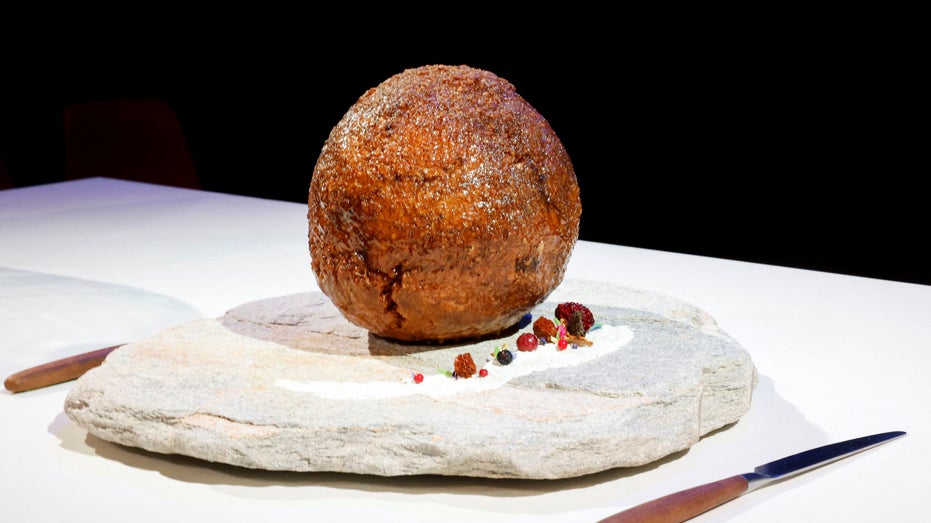Dutch researchers make giant meatball using mammoth DNA
Researchers used extinct wooly mammoth DNA to cultivate a flesh glob, which it put on display at a museum in the Netherlands and indicated may be the future of food.

Dutch researchers were able to create a massive meatball of flesh grown using the DNA of a wooly mammoth this week.
A team of scientists put the fleshy blob on display at the NEMO science museum in the Netherlands. The team manufactured the girth with the help of an Australian cultured meat company, Vow, which has entertained the possibility of mass production and sale of the meat.
"We wanted to create something that was totally different from anything you can get now," Vow founder Tim Noakesmith told Reuters. "Its protein is literally 4,000 years old. We haven't seen it in a very long time. That means we want to put it through rigorous tests, something that we would do with any product we bring to the market."
Vow's team used sheep cells as a base for the growth before inserting a single myoglobin gene from a mammoth. Myoglobin is responsible for the smell, color and taste properties of meat. The team says the meat currently smells similar to crocodile flesh.
The team clarified that the mammoth meat is not for consumption, but Vow is currently pushing the idea of cultured meat more generally. The company argues that such meat is more sustainable and environmentally friendly than real meat.
Cultured meat is currently not regulated in the European Union, but Vow hopes to normalize its production and sale in the near future, according to Reuters.
The research comes years after scientists observed cells from a woolly mammoth that died 28,000 years ago begin to show "signs of biological [activity]" after they were implanted in mouse cells. That group conducted its experiment in 2019.






















